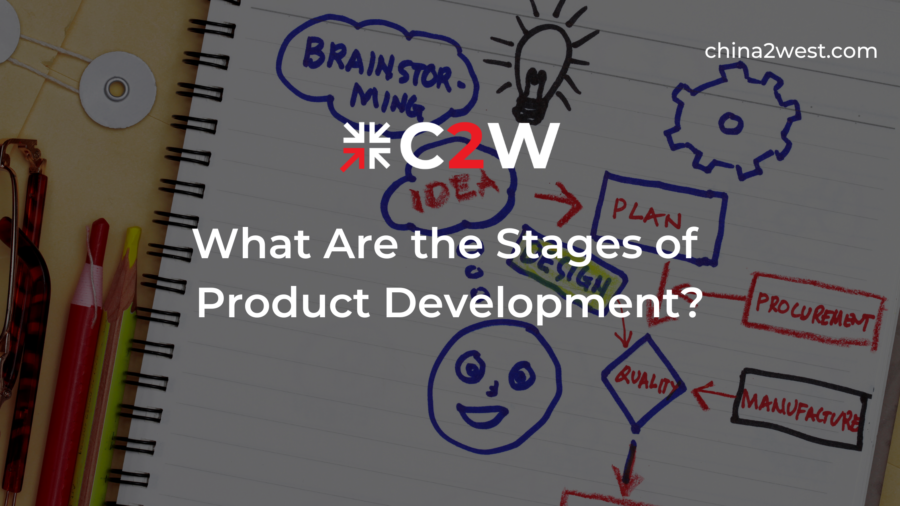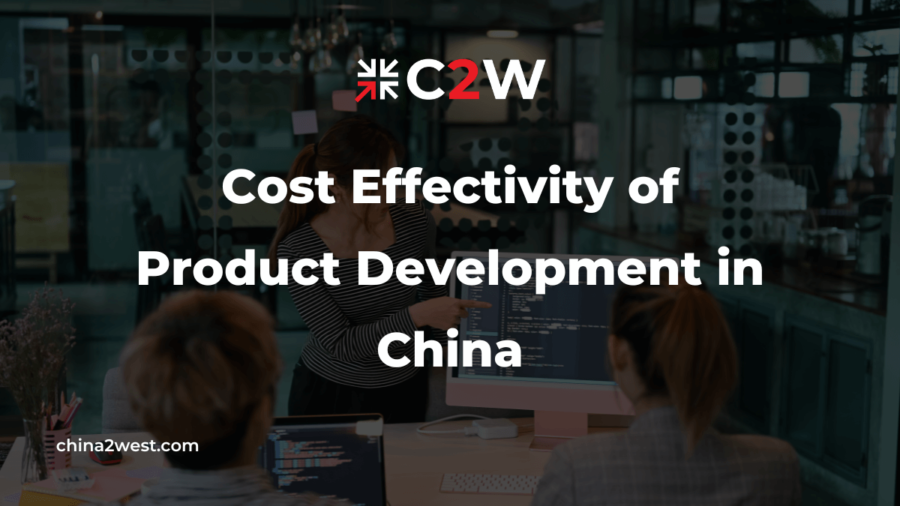While more than 30,000 new products are introduced to the market each year, over 95% of them fail. However, that doesn’t have to be the case.
To create and launch a new product that’s successful, it’s important that you don’t skip any stages in the product development process. Spending enough time on each of these stages will allow you to develop a well-thought-out product that has a great chance of succeeding with your target customers.
In this guide, we’ll take a closer look at the key stages of product development.
1. Ideation
The first stage of product development is product idea generation.
During this stage, you’ll need to brainstorm different product concepts. You should consider customer needs and interests to come up with an idea that is viable.
There are many factors to consider when brainstorming ideas, so this stage should include a lot of careful thought about your target audience. You’ll need to know who you’re building a product for and consider who your competitors for the product will be as well.
Although you won’t need to go in-depth about how your product will function during this stage, you will need to have an idea of what its purpose will be and what value it will provide.
Once you understand what your product is, who it’s for, who the competition is, and other important details about your idea, you can move on to the next step.
2. Product Validation
The next essential stage of product development is product validation.
You need to confirm that your product idea is worth your time and effort and that your target customers will be interested in the product you have to offer them. It’s important to find a way to check with your customers or target audience to determine whether your product will have enough interest to develop further.
There are many ways to validate product ideas. This could include using customer surveys, speaking with customers on social media, and many other forms of market research.
At this stage, it’s also a good idea to conduct a SWOT analysis. This will help you determine whether your idea is worth your investment and identify potential strengths, weaknesses, opportunities, and threats of your product idea.
3. Prototyping
Once you’ve validated your product idea and are sure that you want to proceed with developing it, it’s time to start prototyping. In this stage, you’ll determine what the product design will look like and start to get a better grasp of your idea.
There are several different prototyping methods that you can use to start getting your concept fleshed out. Prototyping could be as simple as getting your design drawn on paper but it could also mean using a 3D printer or creating other types of physical prototypes as well. Outsourcing prototype creation is often a good solution that can be helpful when planning your product.
During the prototyping stage, you’ll be tweaking your design and aiming to make a minimum viable product (MVP). An MVP will have all of the functionality necessary for launch but nothing more.
4. Sourcing
The next stage is known as sourcing. In this stage, you’ll begin to get all your ducks in a row when it comes to acquiring materials and forming the relationships you’ll need to create your product.
When determining the relationships you’ll have as part of manufacturing your product, you’ll need to think carefully about the cost of each product that you make. You’ll want to consider the materials, the manufacturing, and the shipping carefully to ensure that you can get a good price.
It’s a good idea to consider multiple partners and to compare your options carefully when working on your sourcing.
As part of this process, you should also think carefully about the quality of materials that you use for your product, minimum order quantities, and the support and service of the supplier or manufacturers you’ll be working with. It’s important to vet any partners that you’ll have thoroughly to ensure that they’ll do a great job and will be easy to work with.
5. Costing and Funding
The next stage in the product development life cycle includes costing and funding.
You’ll need to think carefully about the total cost of goods sold (COGS) and should determine what the retail price and gross margin will be. By getting quotes from various manufacturers and suppliers in the last stage, you can estimate your costs and get an idea of how much it will cost to create a product.
In this stage, you will also need to find the funding to make your idea a reality.
Funding for a product can come from a variety of sources. This could include savings, small business loans, crowdfunding, small business grants, or business credit lines. Funding could also come from working with investors and getting people to back up your idea.
6. Commercialization
Commercialization is the last stage of new product development and is the stage in which you’ll launch your product. Chances are that you’ll have only a minimum viable product at this stage and your product will have only the most important features.
After the product launch, you’ll need to be prepared to market and sell your product. It’s important to have a clear strategy for marketing your product and ensuring that customers are aware of it.
You should also be sure that you’re ready to interact with customers and provide support as needed.
Understanding the Key Stages of Product Development
If you have a great product idea that you want to develop, make sure that you understand the stages of product development first. By spending time on each of the stages listed above, you’ll be able to create a strong product that is likely to do well on the market.
Need help with product development in China? Contact us today to learn what we can do for you.


